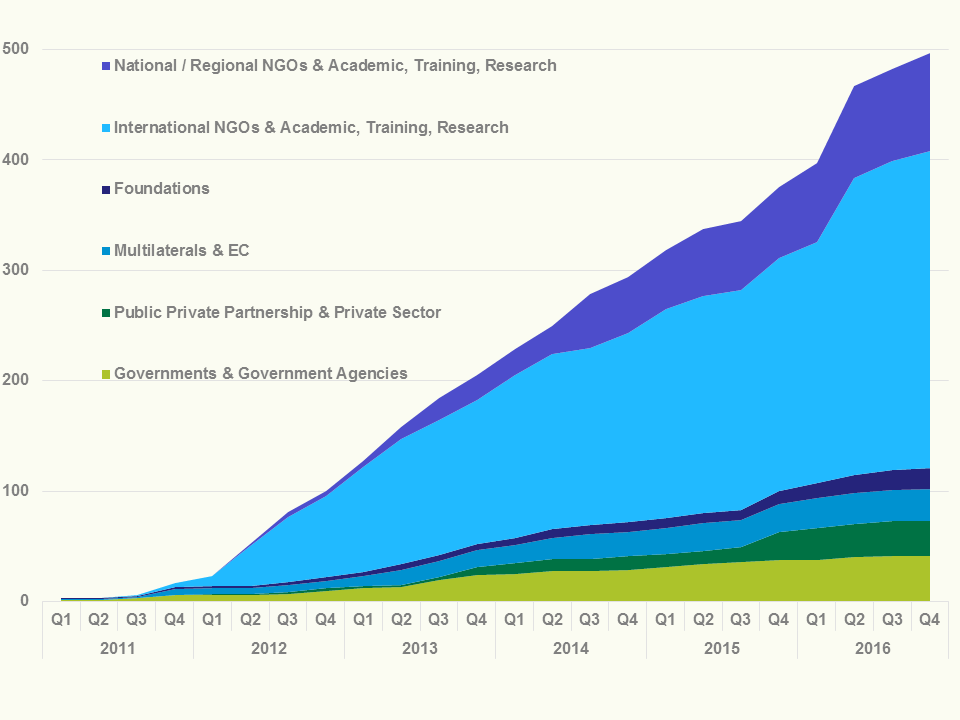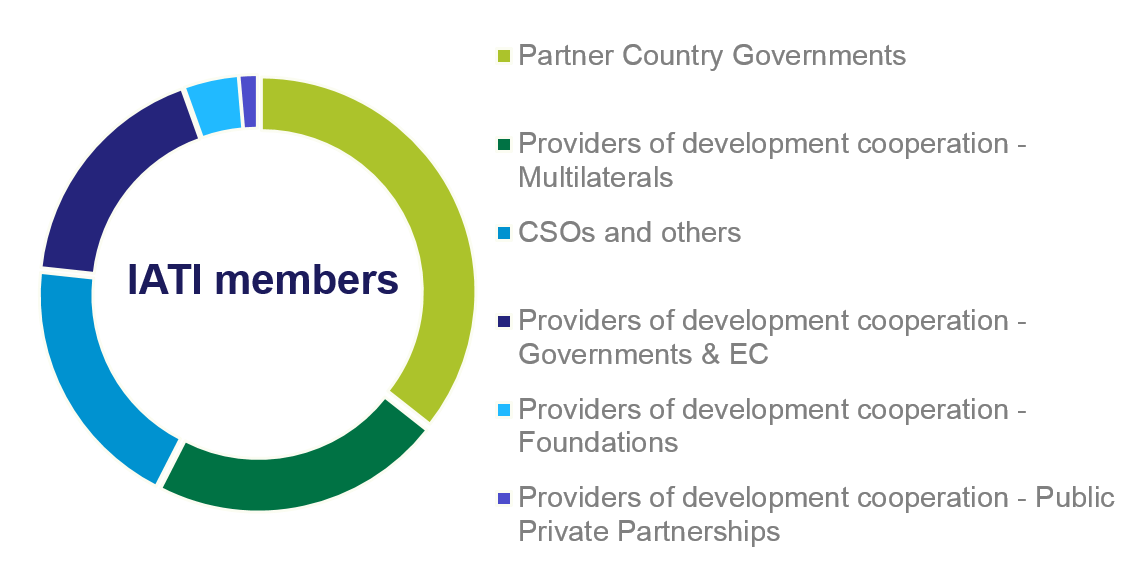Transparency in development cooperation: Much done, much left to do
 This blog is written by Mohammad Mejbahuddin, IATI Vice-Chair and Senior Secretary of the Economic Relations Division in the Ministry of Finance, Government of Bangladesh.
This blog is written by Mohammad Mejbahuddin, IATI Vice-Chair and Senior Secretary of the Economic Relations Division in the Ministry of Finance, Government of Bangladesh.
This week, I will be joining leaders from across the international development community in Nairobi for the Second High Level Meeting of the Global Partnership for Effective Development Co-operation (HLM2). The event provides a good opportunity to reflect on the implementation of initiatives and commitments made by organisations involved in the Global Partnership (GPEDC).
At HLM2, I am looking forward to joining a panel of experts at the side-event: ‘Transparency in development cooperation: Much done, much left to do’. As the title suggests, we will look at progress made and set out the future challenges on transparency and open data, which are essential to improving the effectiveness of development resources.
IATI publishers up from 17 to 500 since Busan
The Bangladesh government were strong supporters of the original GPEDC commitment on transparency, known as the Busan Partnership Agreement 2011. It recognised developing countries’ demands for ‘timely, comprehensive and forward-looking’ information on external development resources. Since Busan, the number of organisations publishing this invaluable data to IATI has jumped from a mere 17 to almost 500 today. As a result, data on billions of dollars of development spending is now available, open and free from donor governments, multilateral agencies, foundations, NGOs and private sector organisations.
This tremendous effort from the international development community is one that we can all be proud of:

IATI data provides crucial information to developing countries
As a result, our government can access valuable information on development resources coming into Bangladesh. IATI data enables developing countries to:
- Better plan for the future, as IATI allows donors to share information on aid budgets several years in advance;
- Access up-to-date information as data can be reported quarterly, monthly and even daily, which can be crucial in a humanitarian emergency and;
- Gain a better picture of development spending beyond traditional aid, as IATI allows a wide range of resources to be recorded. For example, investments from Development Finance Institutions (DFIs).
A truly multi-stakeholder initiative
As Vice-Chair of IATI’s Governing Board, I am delighted that, since launching in 2008, we have become a truly multi-stakeholder initiative. Our membership has increased to over 70 members including the Government of Bangladesh.
Thanks to the efforts of IATI’s members and its global technical community, we have seen steady improvements in the quality of data from IATI publishers, making their information more useful.
Future of transparency: realising the benefits
As we celebrate the advances made, we must all work hard to ensure that more countries experience the benefits of using IATI data. Whether this is by promoting the development of online tools such as d-portal which instantly presents detailed IATI information from the viewpoint of any country or donor, or supporting developing country governments to use this information in their internal systems.
Over the last few months, the Government of Bangladesh has been supported by DFID and UNDP to import IATI data directly into our very own Aid Information Management System. This will reduce the need for government staff to manually enter the data for hundreds of development activities and financial transactions, saving valuable time and resources. Our Ministry of Finance is determined to use IATI data to improve the way decisions are made.
In striving for development cooperation effectiveness, we must also encourage citizens, journalists, politicians and CSOs to use IATI data to hold development actors to account.
IATI will continue to meet humanitarian and development actors’ needs
Lastly, it is important for IATI continue to capture data that meets our future needs. In particular on:
- Humanitarian assistance: The IATI Standard is now fit-for-purpose for reporting information on humanitarian assistance. Many agencies and governments recognised its role at this year’s World Humanitarian Summit, by signing up to the Grand Bargain commitment of publishing their humanitarian spending to IATI within two years.
- 2030 Agenda for Sustainable Development: Finally, the title of HLM2 “Towards Inclusive and Accelerated Implementation of the 2030 Agenda”, reminds us of another key role for IATI. Our Standard has recently been upgraded to capture information on the delivery of the Sustainable Development Goals, helping to monitor the implementation of the 2030 Agenda.
IATI is the crucial link that ensures resources go to the people, places and projects that need them most. All attendees at HLM2 can play their part in the transparency and open data movement: either by making a commitment to publishing IATI data, improving its quality or, most importantly, using it to help achieve sustainable development.
If you are attending HLM2, I encourage you meet with IATI by visiting IATI’s marketplace stall and attending our side-event. Please contact Annelise Parr from our Secretariat to RSVP for the side event or set up a bilateral meeting with members of the Secretariat or Governing Board.